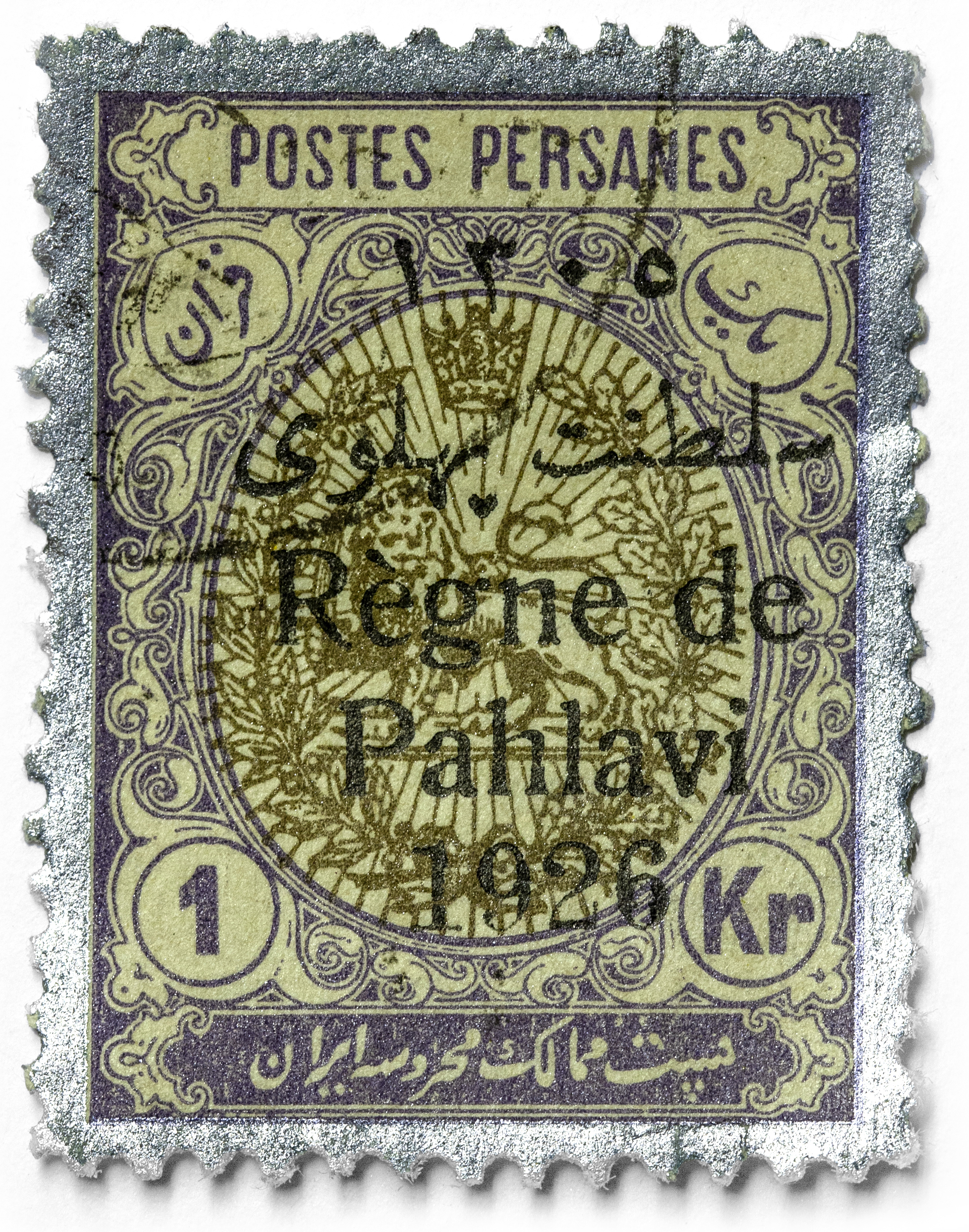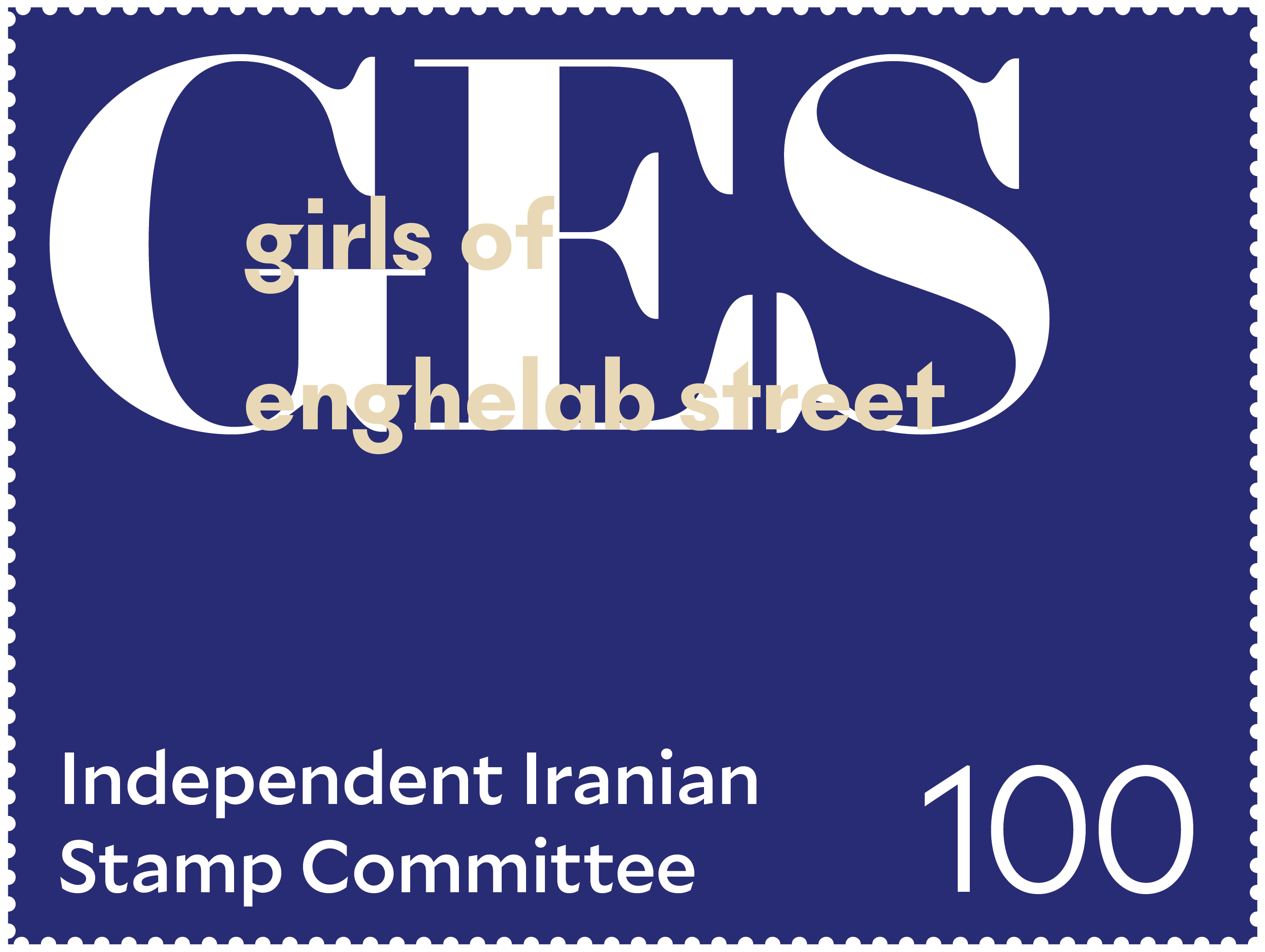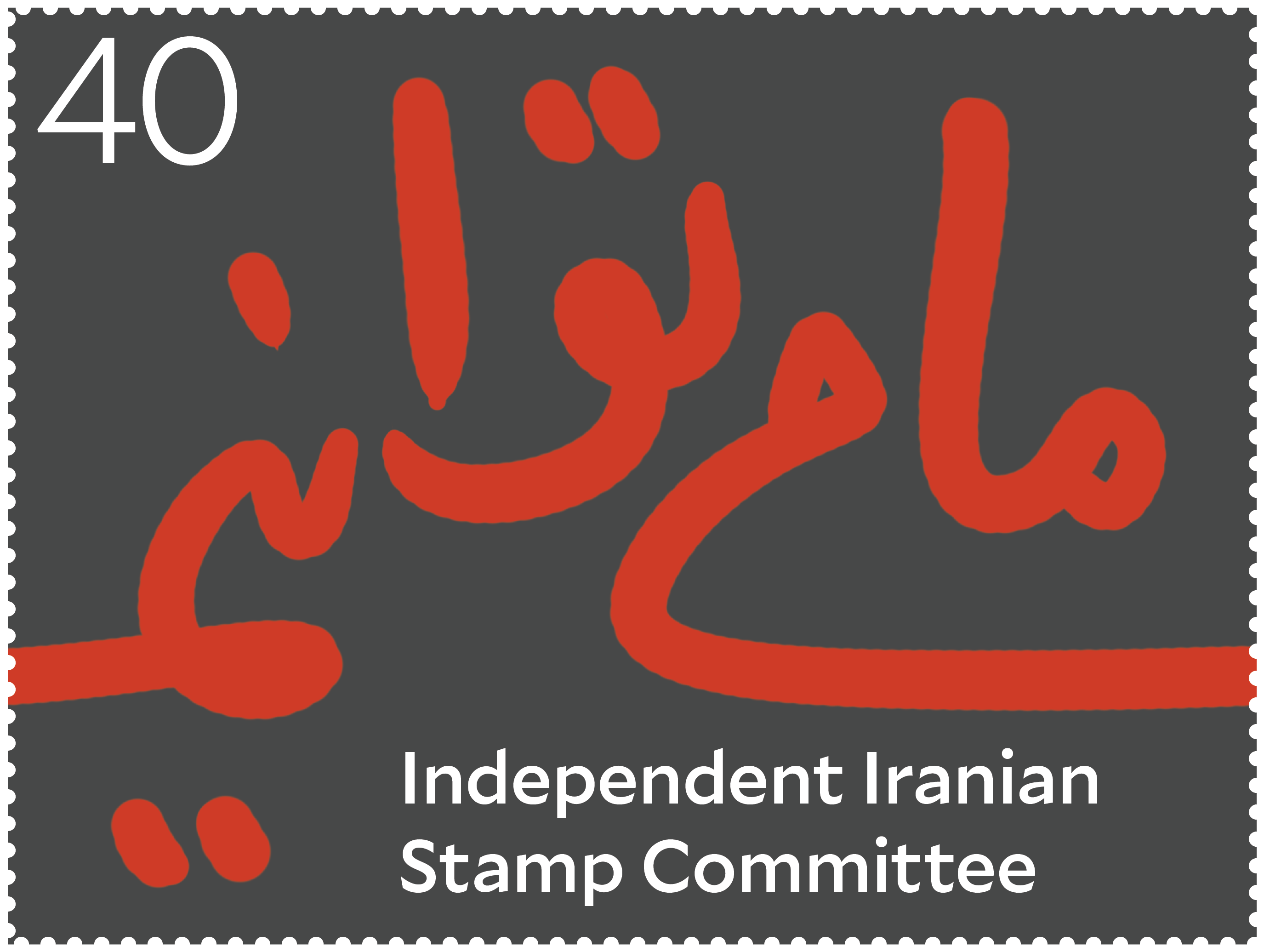Project M—
Iranian stamps from Monarchies and Mullahs to Mardom
“What if your only resource for learning about a country was a complete archive of its postage stamps? How accurately would this collection show the country’s history, culture and the collective identity of its people?
For Iranians who left their homes around the 1979 Islamic revolution and couldn’t go back, the stamps on the letters they received from their families in Iran became a window to the life in Iran. At the same time, and throughout history, Iran’s governments used stamps to impose an identity on the people inside the country, as well as broadcast it abroad as a collective image. This identity has always been biased and culturally insensitive.



Identity—I’m inspired by Édouard Glissant’s perspective on it: ‘…neither the person’s identity, nor a collective identity, are fixed and established once and for all. I can change through exchange with the other without losing or deluding my sense of self.’
By expanding Iran’s stamp archive and representing the fluidity of its collective identity I aim to shed light on the untold sides of history that influence Iran’s cultural history.
Think about it: if you had a chance to rewrite history, wouldn’t you take it?
By expanding Iran’s stamp archive and representing the fluidity of its collective identity I aim to shed light on the untold sides of history that influence Iran’s cultural history.
Think about it: if you had a chance to rewrite history, wouldn’t you take it?









